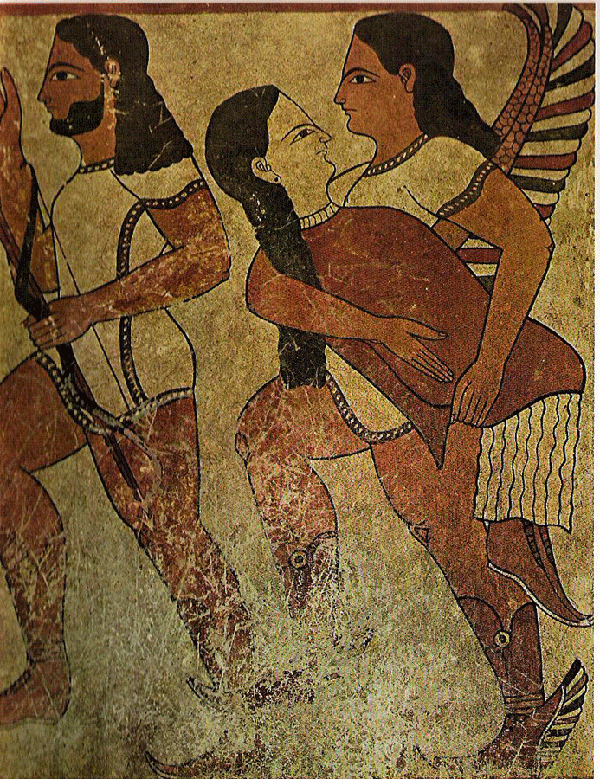Archaeologists have uncovered a footprint made by a sandal-clad Roman soldier in a wall surrounding the ancient city of Hippos.
"The print was made by a strappy, leather sandal of a type worn by the Roman military. Called caliga, the sandals of this time had iron hobnails hammered into their soles, which provided durability and traction as well as a weapon when kicking.
Other finds of the excavation project this summer at the ancient city of Hippos included the city's colonnaded street, extending 790 feet (240 meters), a marble-paneled bathhouse, a glass bottle with an embossed face and part of a statue of a Greek god. The archaeologists hope upcoming digs will reveal other pieces of the estimated 6.5-foot-high (2-meter) statue.
The sandal mark in the cement suggests the soldiers participated in the construction of the walls, the researchers say.
"This rare footprint, which is complete and well-preserved, hints at who built the walls, how and when," said researcher Michael Eisenberg of the Zinman Institute at the University of Haifa.
Hippos, also called Sussita, overlooks the Sea of Galilee. It was established in the third century B.C. and flourished as a Greco-Roman city until the seventh century A.D. The city was destroyed by an earthquake in the year 749."



